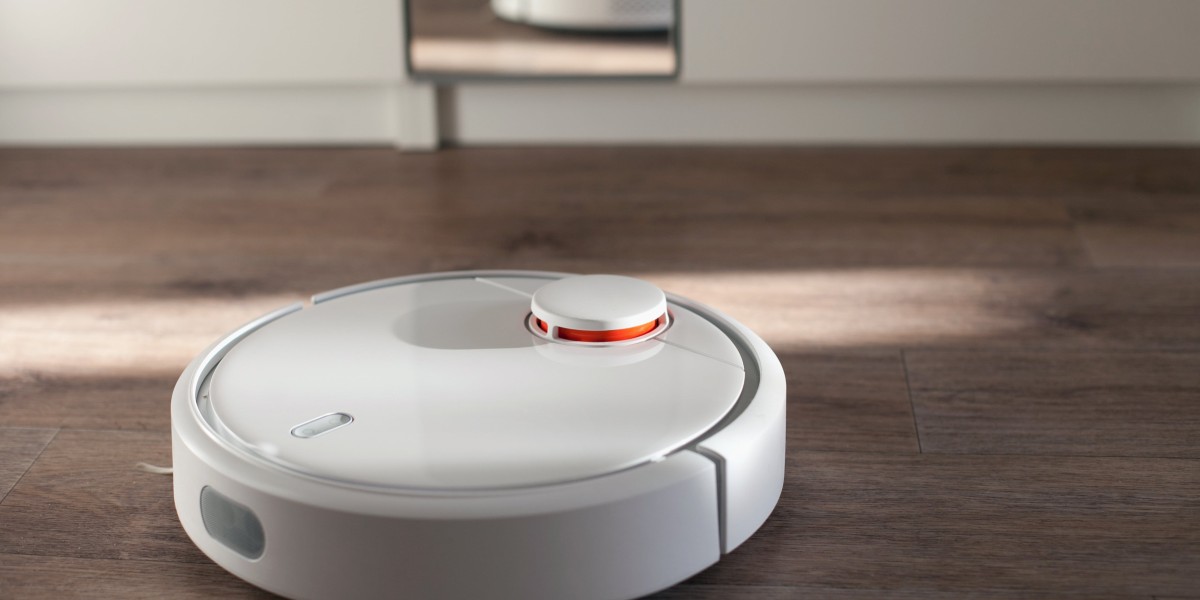 A Robot Vacuum Cleaner Review
A Robot Vacuum Cleaner ReviewA robot vacuum can take chunks off your list of tasks and let you do other things. It's important to remember that robots can't substitute for a full-sized vacuum.
Robot vacs have smaller dustbins than traditional vacuums. They must be emptied much more often. Look for models that have self-emptying docking stations to eliminate the need for manually emptying.
1. They're easy to use
Robots may not be capable of achieving the capabilities of a full-size vacuum cleaner, but they still be effective in removing everything from small particles like sand and baking soda, up to larger debris such as screws made of metal and pet hair. They're also much smaller than traditional vacuums, they can slip under couches or ottomans to reach crevices that are out of the way for the majority of models.
The majority of robots utilize various sensors to map and navigate the floor. Laser, infrared and camera-based systems are the most popular. The data from these sensors is merged with mapping algorithms to create a virtual map of your home that helps the robot clean in a systematic manner while avoiding missed spots. You can also set "no-go zones" using the app to ensure that the robot stays away from areas that require special attention like kids' playpens, dog beds and bowls.
Once the robot has been able to map your home, it's ready to start working. As it systematically moves across the floors its main brush cleans up dirt and dust while the side brushes clean away debris from corners and edges. Some of our top-performing models also have a rotating mopping pad that can deal with spills and dried-on food residue.
While robotic vacuums are more simple to maintain than full-size vacs but you must maintain them regularly to ensure they perform as well as they can in the long-term. This means emptying the bin after each cleaning session, and removing hairs that have become tangled (especially for models with bristle brushes which are prone to tangles) from the brushes. You should also clean the docking station of your robot and battery occasionally to remove dirt.
2. They're secure
Robotic cleaners are fitted with sensors that notify them when they're in close proximity to an object. This ensures your pets or furniture aren't accidentally sucked into the machine. They come with stair detection which can help to avoid falls and create safe routes to your floors. Some robot vacuums come with virtual walls that allow you to set boundaries to the device.
Another reason you can trust the robot vacuum is that it's not likely to harm your establishment's wooden floors. These machines are usually constructed with rubber wheels and soft brushes, to avoid scratching the surface. It's still important to protect your home and office prior to purchasing one. You'll need to take away things like socks, pet toys, slippers, as well as thicker power cables from the floor. Keep rugs in good condition so that they don't get caught by the vacuum nozzle.
If you opt for one that has mopping functionality, it's important to be careful around floor plugs and electrical outlets. Mopping and water do not mix so it's best to keep your device away from these areas during cleaning. You can also set boundaries within the app for your robot by using the "no mop zone" feature.
Robot vacuums are no different from other electronic devices. They're more complex than standard vacs and have more moving parts, so they are more susceptible to breaking down or become erratic at times. However most robotic vacuum makers offer one- or two-year warranties. If you follow the manufacturer's suggestions for maintenance, your device should last longer.
3. They're easy to use
Robot vacuum cleaners can be programmed in a manner that cleans your home on the schedule you have can set. They are compact and small in appearance, making them simple to store when not in use. They also usually come with a docking station where they can be recharged. You don't need to be concerned about unwinding the cord, moving it around your home or finding an outlet. They're also less costly than conventional vacuum cleaners.
While robot vacuum cleaners are excellent for general, automated cleaning, they aren't the complete replacement for a manual vacuum cleaner. They are not powerful to remove large amounts of debris, and could become stuck in soft carpet fibres. It is best to keep a standard vacuum in the house for big cleaning tasks.
On the other hand, robotic vacuum cleaners are ideal for smaller tasks like sweeping and vacuuming low-traffic areas. They are especially beneficial in homes with lots of pet hair. It is important to remember that your robot vacuum will require maintenance from time-to-time. This means cleaning the rotating brush to eliminate tangled fur, emptying the bin after every cleaning session, and cleaning or changing the filter.
If you take care of it properly You can count on your robot to last for years. Numerous manufacturers we've spoken with about have shared stories of customers owning their robot vacs for 10 years or more. If you stick to the maintenance procedures and clean and reposition your robot frequently (it could lose its grip over time), as well as replacing parts like batteries and wheels the robot will perform well for many years.
4. They're eco-friendly
In addition to making the job easier Robot vacuum cleaners also consume less energy than traditional vacuum cleaners and can help you save money on your electricity bill. The lower energy usage is due to the latest technology used by these robots as cleaning partners.
This technology includes cameras, sensors and navigation systems that help them navigate your home with precision. LiDAR-based systems, like, use lasers to scan the surroundings and map rooms, which ensures maximum efficiency. Camera-based systems rely on cameras that are built-in to create visual maps. However it can be challenging when the lighting is dim. Sensor-based systems work well in the majority of homes, however they can miss hard-to-reach areas and use more energy than other alternatives. They also have cliff sensors to protect them from falling and large-area maps, which enable them to cover a larger area in one cleaning session.
Recent advances in robotic vacuum technology have made them more efficient at maneuvering around obstacles. For instance, a brand new wave of robots can detect furniture and other objects while they move around the room. These intelligent robots can pause and return to the exact spot where they started, making sure they've filled every inch of your space.
The latest robotic vacuum cleaners are also kind to the environment, using bio-mass balanced materials and post-consumer recyclable (PCR) plastics to minimize the amount of waste. The result is a light durable, long-lasting and reliable cleaning tool that is able to combine performance and design flexibility.
Consider a robot vacuum powered by solar panels if are concerned about the impact of your home on the environment. This cleaner will save you time and effort while assisting you live a more sustainable life. It's important to remember that, just like any other cleaning appliance robot vacuum cleaners require regular maintenance. You'll need to take out hairs that are tangled from their brushes, empty their dust bins after each cleaning session, and regularly clean their cameras and sensors to ensure they function properly.
5. They're also affordable
If you're not looking to splash out on the latest top-of-the-line robotic vacuum cleaner, there are a variety of budget-friendly options. It's important to understand what you get for your money. Cheaper robots are more likely to come with shorter warranties, and less efficient customer service. This could result in a robot that is more likely to fail and require costly repairs or replacements.
Similar to budget robots, they typically don't have as much built-in intelligence to help them navigate the home. While obstacle avoidance and mapping technologies have improved but they're not foolproof. Some models are tripped by socks, slippers, power cables, and pet hair, despite the fact that they've been "robot-proofed" in your home.
Budget robots also come with smaller bins that need to be emptied frequently. This is especially relevant if you have pets that shed, and leave trails of fur all over your floors.
Budget robots may also have difficulty cleaning dusty floors and baseboards. They might also not be as efficient as models that cost more. And if you have thick, shag-pile rugs, the robot could become bogged down and stop cleaning.
When you are shopping for robots, you should consider a few things that will make it more cost-effective in the long run. Look for a robot with a long battery life, large bin and the ability to charge and clean from where it began. Visit the website of the manufacturer for customer reviews. This will give you an idea of how satisfied other customers are with their purchase. This way, you'll know that the product is worth the money.






